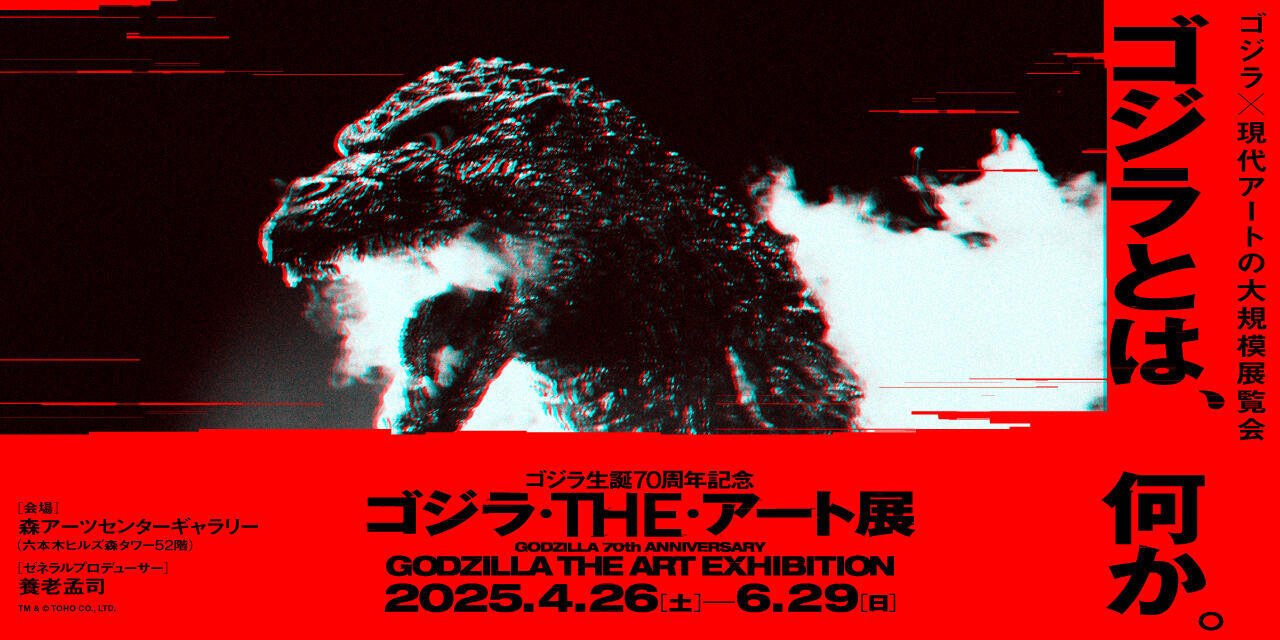Circle Ⅱ
| Artist | : | Tsai Charwei (1980-) |
|---|---|---|
| Nationality | : | Taiwan |
| Year | : | 2011 |
| Material | : | Video, color, silent |
| Size | : | 56 sec. |
Tsai Charwei graduated in 2002 from Rhode Island School of Design with a degree in industrial design and art and architectural history, and then completed a postgraduate degree in 2010 at L’École nationale supérieure des beaux-arts, Paris. She has held solo and group exhibitions at major institutions worldwide, including the Singapore Biennale (2006), Centre Pompidou (Paris, 2008), Asia Pacific Triennial of Contemporary Art (Brisbane, 2009), Yokohama Triennale (Kanagawa, Japan, 2011), Sharjah Biennial (2013), Biennale of Sydney (2016), Institut d’art contemporain, Villeurbanne (France, 2017), Biennale Jogja (Indonesia, 2019), and Live Forever Foundation, Taichung (Taiwan, 2021).
Tsai Charwei’s work deals with the material and immaterial fabric that holds life together, from the diversity of religious belief to the evanescence of our world. It examines geographical, social, and mythical motifs, and occasionally spurs viewer participation. She has written onto the surfaces of such objects as lotus leaves, mushrooms, blocks of tofu, and the bark of an olive tree on the Greek island of Hydra, drawing attention to their inevitable decay and disintegration. Her “Mantra” series (2005-), which includes the short meditative video work Tofu Mantra in the museum collection, represents this oscillation between growth and decay, form and void, living and dead. In another work, Tsai wrote fragments of the “One China” policy and the Taiwanese declaration of independence on live hermit crabs and shells; as the hermit crabs moved and swapped shells, they formed new connections between the texts. Her work can also be read as highlighting the ephemerality of political declarations and as metaphors for the mutability of history. In the video work Circle II, the artist explores the basic form of the circle in a moment of writing, which becomes yet another example of her ongoing immersion in the connections between the singular and totality, balancing physicality with spirituality.
-

Tsai CharweiCircle Ⅱ2011Video, color, silent56 sec.
Tsai CharweiCircle Ⅱ2011Video, color, silent56 sec.
Circle Ⅱ
| Artist | : | Tsai Charwei (1980-) |
|---|---|---|
| Nationality | : | Taiwan |
| Year | : | 2011 |
| Material | : | Video, color, silent |
| Size | : | 56 sec. |
Tsai Charwei graduated in 2002 from Rhode Island School of Design with a degree in industrial design and art and architectural history, and then completed a postgraduate degree in 2010 at L’École nationale supérieure des beaux-arts, Paris. She has held solo and group exhibitions at major institutions worldwide, including the Singapore Biennale (2006), Centre Pompidou (Paris, 2008), Asia Pacific Triennial of Contemporary Art (Brisbane, 2009), Yokohama Triennale (Kanagawa, Japan, 2011), Sharjah Biennial (2013), Biennale of Sydney (2016), Institut d’art contemporain, Villeurbanne (France, 2017), Biennale Jogja (Indonesia, 2019), and Live Forever Foundation, Taichung (Taiwan, 2021).
Tsai Charwei’s work deals with the material and immaterial fabric that holds life together, from the diversity of religious belief to the evanescence of our world. It examines geographical, social, and mythical motifs, and occasionally spurs viewer participation. She has written onto the surfaces of such objects as lotus leaves, mushrooms, blocks of tofu, and the bark of an olive tree on the Greek island of Hydra, drawing attention to their inevitable decay and disintegration. Her “Mantra” series (2005-), which includes the short meditative video work Tofu Mantra in the museum collection, represents this oscillation between growth and decay, form and void, living and dead. In another work, Tsai wrote fragments of the “One China” policy and the Taiwanese declaration of independence on live hermit crabs and shells; as the hermit crabs moved and swapped shells, they formed new connections between the texts. Her work can also be read as highlighting the ephemerality of political declarations and as metaphors for the mutability of history. In the video work Circle II, the artist explores the basic form of the circle in a moment of writing, which becomes yet another example of her ongoing immersion in the connections between the singular and totality, balancing physicality with spirituality.





